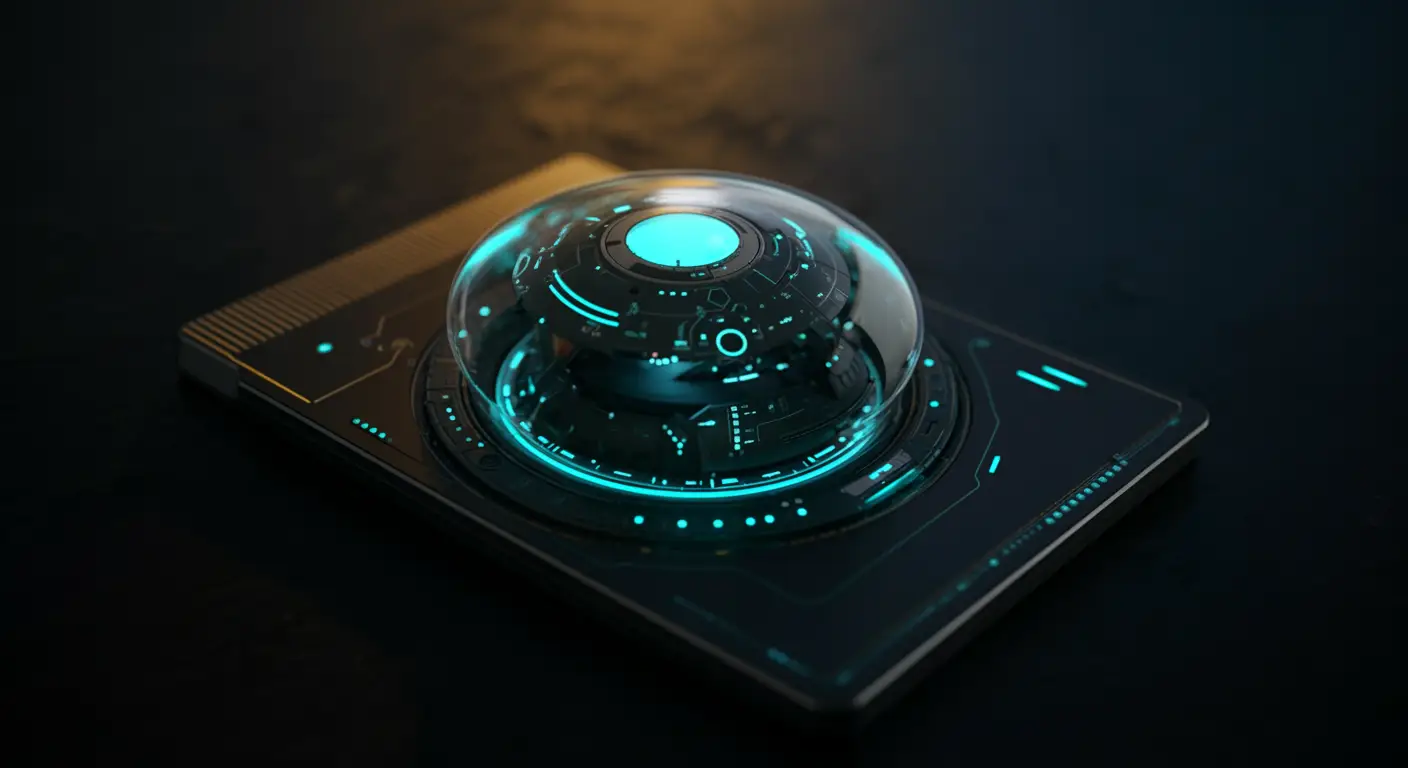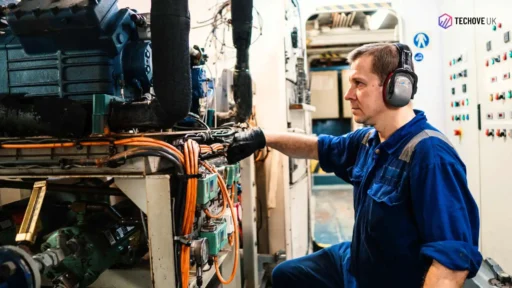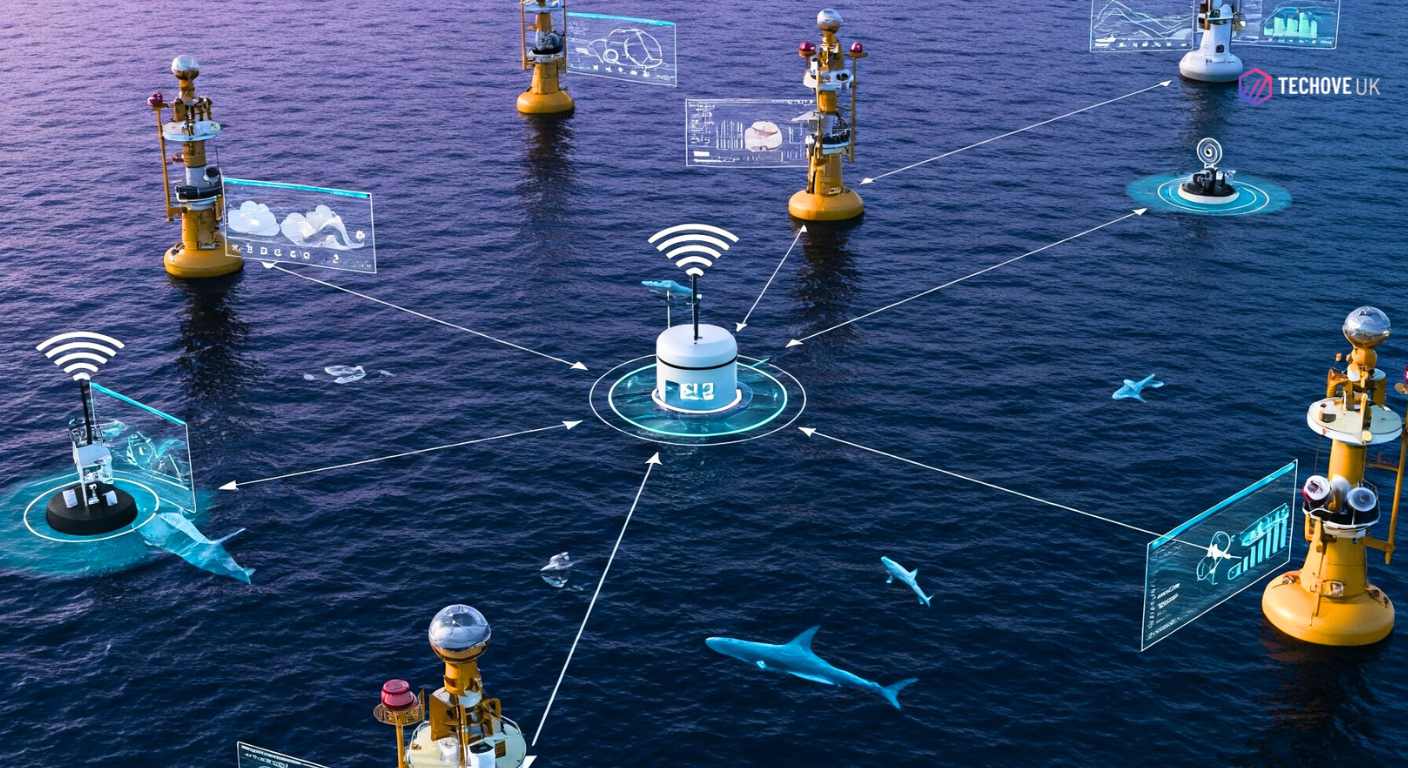Groundbreaking Marine Tech Innovations: Shaping a Greener Future
Welcome to Techove UK. We can write our amazing content experiment about 10 Groundbreaking Marine Tech Innovations with powerful details and information.
The vast, mysterious ocean has always been a source of wonder and inspiration for humanity. Covering over 70% of the Earth’s surface, it is not just a cradle of life but also the backbone of global trade and commerce. The maritime industry, which carries over 90% of the world’s goods, is transforming. Thanks to groundbreaking marine tech innovations, we are now on the brink of creating a greener future while ensuring sustainable development for future generations.
In this article, we’ll dive deep into the exciting world of maritime technology, exploring how tech entrepreneurs are reshaping the seas with cutting-edge solutions. From artificial intelligence (AI) to eco-friendly marine engines, these innovations promise to make our oceans cleaner, safer, and more efficient. So buckle up as we embark on this journey across waves of innovation!
The Maritime Industry: A Gateway to Innovation
The maritime sector has long been considered one of the most traditional industries in the world. For centuries, ships have sailed across oceans powered by wind or fossil fuels. However, with growing concerns about climate change and environmental degradation, change is urgently needed.
Tech entrepreneurs address these challenges by introducing innovative solutions that blend technology with sustainability. Companies like Vision Marine and Aeliya Marine are leading the charge in developing technologies that reduce emissions, improve efficiency, and promote sustainable shipping and underwater exploration practices.
But why is innovation so critical in this sector? Let’s explore:
- Sustainability Goals: The maritime industry contributes significantly to global greenhouse gas emissions. We can significantly reduce our carbon footprint by adopting greener technologies like hydrogen-powered ships or AI-driven route optimization systems.
- Economic Efficiency: Advanced marine engines and automated systems help cut costs by improving fuel efficiency and reducing maintenance needs.
- Safety at Sea: With tools like AI-powered navigation systems and underwater drones for inspections, safety standards are reaching new heights.
Artificial Intelligence: The Brain Behind Smarter Ships
Imagine a ship that can think for itself—analyzing weather patterns, optimizing routes, predicting maintenance needs, and avoiding collisions! This is no longer science fiction; it’s the reality brought about by artificial intelligence (AI).
How AI is Revolutionizing Maritime Technology
- Route Optimization: AI algorithms analyze real-time data such as weather conditions and sea traffic to chart the most efficient course for ships. This reduces fuel consumption and ensures timely deliveries.
- Predictive Maintenance: Sensors installed on marine engines collect data continuously. AI processes this information to predict when parts might fail, preventing costly breakdowns.
- Collision Avoidance Systems: Vision Marine tech has developed AI-powered systems that use radar and cameras to detect nearby vessels or obstacles underwater.
By integrating AI into maritime operations, tech entrepreneurs are enhancing efficiency and paving the way for safer seas.
Marine Engines: Powering a Greener Future
At the heart of every ship lies its engine—a powerful machine that propels it forward through vast oceans. Traditional marine engines rely heavily on fossil fuels like diesel or heavy oil, contributing significantly to pollution. But thanks to groundbreaking innovations in maritime technology, greener alternatives are emerging.
The Rise of Eco-Friendly Marine Engines
- Hydrogen-Powered Engines: Hydrogen fuel cells produce electricity through a chemical reaction between hydrogen and oxygen, emitting only water vapor as a byproduct! Companies like MAN Energy Solutions are pioneering this technology.
- Electric Propulsion Systems: Electric motors powered by renewable energy sources like solar panels or wind turbines offer zero-emission alternatives for smaller vessels.
- Dual-Fuel Engines: These engines can switch between traditional fuels and cleaner options like liquefied natural gas (LNG), providing flexibility during long voyages.
Aeliya Marine has been instrumental in retrofitting older ships with these advanced engines, proving that even existing fleets can contribute toward sustainable development.
Underwater Exploration: Unlocking Ocean Mysteries
Beneath the shimmering surface lies an underwater world teeming with life and secrets waiting to be uncovered! Technological advancements have made underwater exploration more accessible, from mapping uncharted territories to monitoring marine ecosystems.
Key Innovations in Underwater Technology
- Autonomous Underwater Vehicles (AUVs): These robotic submarines can dive thousands of meters below sea level without human intervention. Equipped with sensors and cameras, they collect valuable data on ocean currents, temperature changes, and biodiversity.
- Underwater Drones: Compact yet powerful drones allow researchers to inspect pipelines or study coral reefs up close without disturbing delicate ecosystems.
- Advanced Monitoring Systems: Real-time sensors measure water quality parameters such as pH levels or pollutant concentrations, helping authorities take swift action against environmental threats.
These technologies enhance our understanding of oceans and play a crucial role in preserving them for future generations.
Sustainable Shipping Practices: Charting New Waters
Shipping accounts for nearly 3% of global CO2 emissions, a figure projected to rise unless drastic measures are taken. Fortunately, tech entrepreneurs are spearheading initiatives to decarbonize this vital industry.
Innovations Driving Sustainable Development
- Green Ports: Ports with renewable energy sources like solar panels or wind turbines minimize their ecological footprint while supporting eco-friendly shipping operations.
- Blockchain Technology: Platforms like TradeLens use blockchain to streamline supply chain logistics, reduce paperwork waste, and improve stakeholder transparency.
- Smart Ships: These vessels integrate IoT devices with cloud-based software platforms, enabling real-time monitoring of fuel consumption or cargo conditions during transit.
Vision Marine has partnered with several shipping companies worldwide, demonstrating how collaboration within the maritime sector can accelerate progress toward sustainability goals.
Skills for Tomorrow’s Maritime Workforce
As automation takes center stage within maritime operations—from autonomous ships navigating open waters autonomously, to robots handling cargo at ports—the demand for skilled professionals who understand these technologies is skyrocketing!
Building Skills for Success
To thrive amidst rapid technological advancements requires continuous learning:
- Engineers must stay updated on emerging trends such as hybrid propulsion systems or AI-driven analytics tools.
- Mariners need training programs to operate smart ships equipped with state-of-the-art navigation systems.
- Environmental scientists play an essential role in assessing how new technologies impact marine ecosystems—and devising strategies accordingly!
Educational institutions worldwide must collaborate closely with industry leaders like Aeliya Marine to ensure students acquire practical knowledge alongside theoretical concepts needed in today’s dynamic maritime landscape!
Smart Ports Revolutionizing Logistics
Ports are the beating coronary heart of any maritime state, and smart ports give them a high-tech upgrade. Equipped with IoT sensors, drones, and automated cranes, these hubs streamline cargo handling, lessen delays, and reduce environmental impact. Imagine a port where every box knows its vacation spot before it even arrives—that’s the magic of virtual transformation.
Biodegradable Anti-Fouling Coatings
Barnacles and algae might appear harmless, but they cause billions of dollars of damage yearly by slowing down ships and increasing fuel costs. Traditional anti-fouling paints regularly contain poisonous chemical compounds, harming marine life. Thankfully, researchers in the UK are pioneering biodegradable coatings that repel unwanted hitchhikers without poisoning the sea. It’s a win-win for both efficiency and ecology.
Wave Energy Converters
Waves crashing in opposition to the shore may also appear chaotic, but they hold tremendous capability as a renewable power source. Wave electricity converters seize this kinetic energy and convert it into electricity. While nonetheless in its infancy, this era could someday power coastal communities sustainably. Think of it as turning nature’s tantrums into something productive, a true testimony to human creativity.
Advanced Hull Designs
Shipbuilding isn’t all about size and velocity anymore; it’s about smarts. Engineers are experimenting with revolutionary hull designs that efficiently cut through water, reducing drag and saving gas. Some fashions mimic the smooth curves of dolphins, mixing biomimicry with modern engineering. Who knew thought could come from such unlikely places?
Blockchain for Maritime Transparency
Blockchain might sound intimidating, but it’s a fantastic, secure digital ledger. In the maritime zone, it’s being used to track shipments, confirm certifications, and fight illegal fishing. By ensuring transparency at some point in the supply chains, blockchain builds consideration amongst stakeholders and promotes ethical practices. After all, responsibility is key to preserving our shared resources.
Top FAQs About Marine Tech Innovations
To make sure you’re completely clued in, here are solutions to a few burning questions based on Google searches:
Q1: What role does artificial intelligence play in marine tech?
AI complements safety, efficiency, and sustainability in the maritime enterprise. From predictive maintenance to path optimization, it empowers decision-makers with actionable insights. Plus, it reduces human error—a first-rate reason of injuries at sea.
Q2: How is the UK contributing to sustainable development in marine tech?
The UK invests closely in R&D for green technology, including electric propulsion, renewable energy, and green materials. Initiatives like the Clean Maritime Plan underscore its commitment to achieving internet-0 emissions by 2050.
Q3: Are autonomous ships safe?
Yes, thanks to rigorous checking out and fail-secure mechanisms. While completely self-sustaining vessels are still uncommon, semi-autonomous functions like auto-piloting are already enhancing safety requirements globally.
Q4: What skills are needed for careers in marine tech?
Information fuels innovation, from engineering and robotics to facts science and environmental research. Soft capabilities like trouble fixing and teamwork are equally critical, particularly in collaborative fields like maritime technology.
Q5: Will these innovations create jobs?
Absolutely! According to a 2023 document by Maritime UK, emerging technologies are expected to generate as many as 50,000 new roles by 2030. From technicians preserving AUVs to analysts interpreting AI outputs, possibilities abound for those inclined to journey the wave of change.
Statistics Highlighting Progress (2020–2024)
- Investment Surge: Between 2020 and 2024, assignment capital investment in marine startups in the UK grew by 150%, reaching £750 million.
- Carbon Reduction: During the identical period, adopting low-emission technology slashed CO₂ emissions from UK transport fleets by 25%.
- Job Creation: Over 30,000 new positions emerged in sectors related to maritime technology, reflecting developing demand for specialised competencies.
- Renewable Growth: Offshore wind ability doubled, offering nearly 10% of the kingdom’s strength needs.
- Research Milestones: Universities partnered with industry leaders to file over 500 patents for marine improvements, solidifying the UK’s popularity as a hub for technological excellence.
Conclusion
The UK’s maritime enterprise is riding the wave of innovation, with 10 Groundbreaking Marine Tech Innovations leading the way. These advancements, from AI-powered ships to floating wind farms, are reworking the maritime sector and shaping a greener, more sustainable future for all.
As tech marketers and organizations like Aeliya Marine and Vision Marine strive to push feasible limits, the ocean is becoming an area of infinite possibility. So, whether you’re a student, a tech enthusiast, or honestly someone who cares about the planet, there’s never been a more thrilling time to explore the arena of maritime generation.
Let’s set sail toward a brighter, greener future one innovation at a time.




